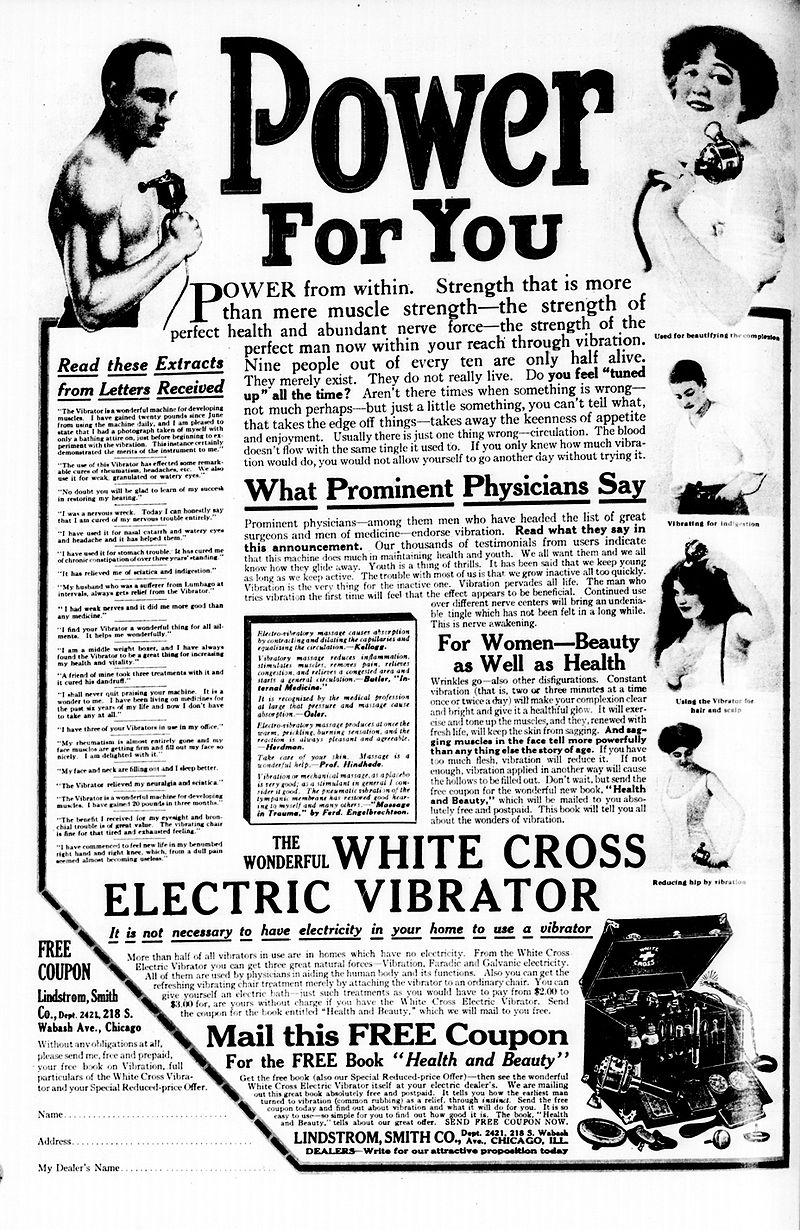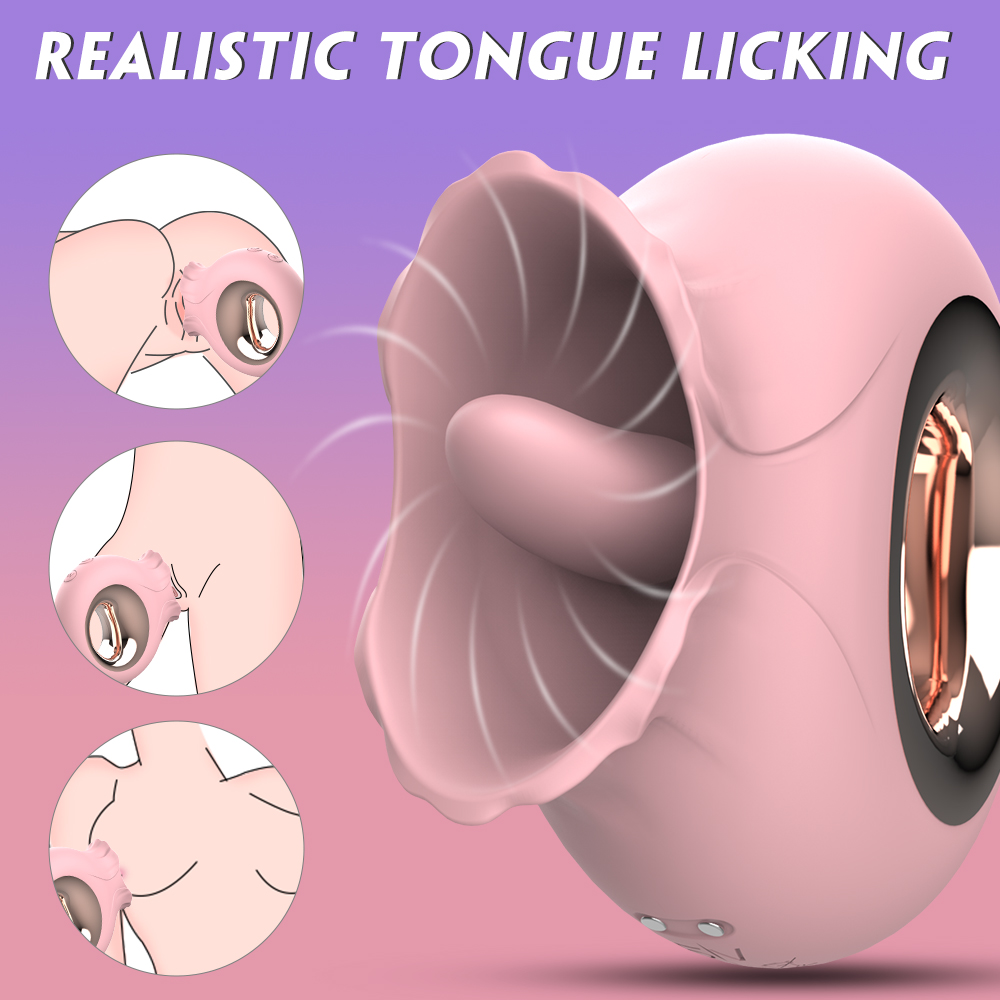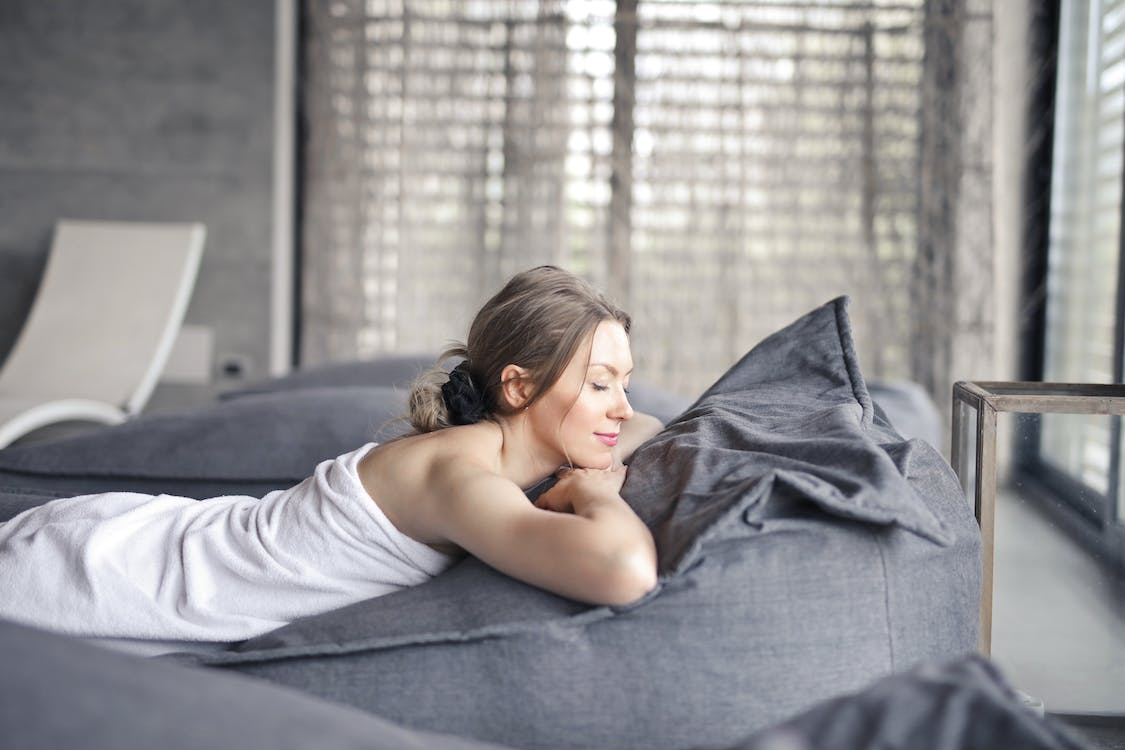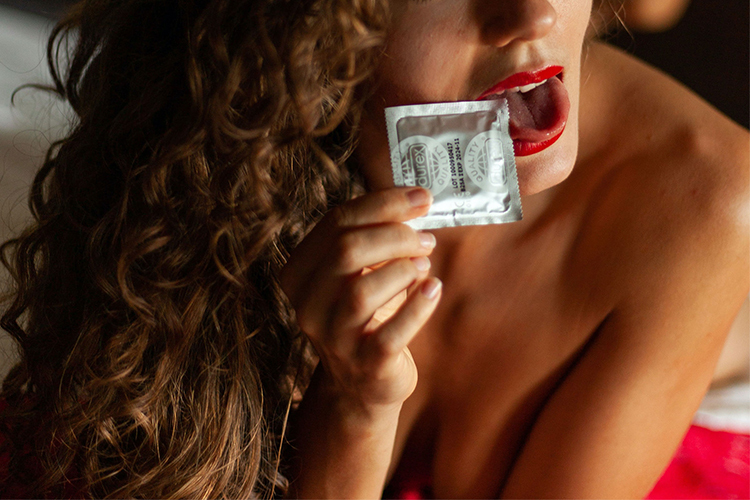Viewed:1136 Date:2023-04-25
As the market for sex toys continues to grow, it's becoming increasingly important for sex toy retailers to have a thorough understanding of the science behind vibrators. The first reason for this is to provide customers with accurate and helpful information about the products they sell. When customers have questions about the features and functions of different types of vibrators, retailers who have a solid grasp of the science behind them will be better equipped to answer those questions and help customers find the best product for their needs.

In addition, understanding the science behind vibrators can help sex toy retailers choose high-quality products to stock in their stores. With so many vibrators on the market, it can be challenging to determine which products are safe, effective, and worth the investment. By understanding how vibrators work, retailers can evaluate the quality of different products and make informed decisions about which ones to carry.
Moreover, having a thorough knowledge of vibrator science can help sex toy retailers make recommendations to customers with specific sexual health concerns. For example, some customers may be dealing with issues like pain during sex or difficulty achieving orgasm. Retailers who understand the science of vibrators can recommend products that may be particularly helpful for addressing these issues.
Finally, understanding the science behind vibrators can help sex toy retailers stay up to date on new product developments and trends in the industry. With new advancements in technology and design emerging all the time, retailers who have a solid understanding of vibrator science will be better equipped to evaluate new products and make informed decisions about whether to stock them in their stores.
How the science of vibrators has evolved with technological advancements
The science of vibrators has come a long way since the first mechanical vibrators were invented in the late 19th century. With advancements in technology, vibrators have become more sophisticated, user-friendly, and widely available. In this essay, I will discuss how the science of vibrators has evolved with technological advancements.
The first vibrators were invented in the late 19th century and were used primarily as medical devices to treat "female hysteria." These early vibrators were hand-cranked and made of heavy metals, making them difficult to use and uncomfortable for many women. In the 20th century, vibrators became more widely available as they began to be marketed as sex toys. However, they were still largely mechanical devices and required significant physical effort to operate. It was not until the 1970s that the first electronic vibrators were introduced.

With the introduction of electronic technology, vibrators became much more user-friendly and accessible. They became smaller, lighter, and easier to operate and were no longer limited to the bedroom. Vibrators began to be marketed as a mainstream product, and the stigma associated with their use began to fade.
Today, vibrators have become even more sophisticated with the advent of smart technology. Vibrators are now available that can be controlled remotely through a smartphone app, and some even come equipped with sensors that respond to the user's movements. These technological advancements have allowed for greater customization of the vibrators' functions, allowing users to personalize their experience to their preferences.
Another area where technology has had a significant impact on the science of vibrators is in the materials used to make them. Early vibrators were made of metal, which made them uncomfortable and difficult to clean. Today, vibrators are made from a variety of materials, including silicone, rubber, and plastic, which are much more comfortable and hygienic.
How vibrators create sensations in the body
Vibrators have been used as sexual aids for centuries, but the technology behind them has come a long way. Today, modern vibrators are designed using advanced scientific principles to create a range of sensations that can be tailored to individual preferences.
Firstly, it's important to understand that vibrators work by creating mechanical stimulation in the body. Mechanical stimulation involves the use of physical pressure or movement to create a sensation. When a vibrator is turned on, it begins to vibrate at a certain frequency, which creates waves of pressure that move through the body. These waves of pressure stimulate the nerve endings in the skin and other tissues, creating a sensation of pleasure.

The frequency of the vibrations is an important factor in how a vibrator feels. The frequency is measured in Hertz (Hz), which refers to the number of vibrations per second. Lower frequencies create a slower, more gentle sensation, while higher frequencies create a faster, more intense sensation. Some vibrators even allow you to adjust the frequency to find your perfect level of stimulation.
Another important factor in how vibrators create sensations is the type of vibration. There are different types of vibration patterns that can be used to create different sensations. For example, some vibrators use a constant vibration, while others use patterns like sucking, tapping, or licking to create different sensations. The shape and texture of the vibrator can also impact the type of sensation it creates. Some vibrators have ridges or bumps that create a more intense sensation, while others are smooth and gentle.

The materials used to make vibrators can also impact the sensation they create. Some vibrators are made from hard materials like plastic or metal, which create a more intense sensation. Others are made from soft materials like silicone, which create a gentler, more natural sensation. The size and shape of the vibrator can also impact how it feels. Some vibrators are designed to be inserted, while others are meant to be used externally. The size and shape of the vibrator can impact how much pressure it applies and where it applies it, creating different sensations in different parts of the body.
Discuss the different types of vibrators available and their mechanisms of action
Vibrators are mechanical devices that generate vibrations and are commonly used for sexual stimulation. These devices come in various shapes, sizes, and functions to cater to different preferences and needs. In this answer, we will discuss the different types of vibrators available and their mechanisms of action based on the search results below.
There are many different types of vibrators. One of the most common types is the electric vibrator, which uses an electric motor with an unbalanced mass on its driveshaft to generate vibrations. Electric vibrators can be further divided into two categories: plug-in and battery-operated. Plug-in vibrators are typically more powerful and reliable but are restricted by the length of their power cord. On the other hand, battery-operated vibrators are more portable and can be used anywhere, but their power output may be limited by the battery life.
Aside from the different types of vibrators, there are also various mechanisms of action. One mechanism is the oscillation of a weighted object, such as a pendulum or ball. This type of vibrator is commonly found in handheld personal massagers and often has a round or spherical head that vibrates when turned on.
Another mechanism of action is the rotation of a cylindrical or egg-shaped device with protrusions or ridges. These devices are designed to stimulate the clitoris, vagina, or anus and are commonly referred to as "dildos" or "vibrating eggs." Some rotating vibrators are also equipped with a heating function that adds to the stimulation experience.
Some vibrators are designed to mimic the sensation of oral sex, with a small, flat, and flexible head that moves in a circular or up-and-down motion. These types of vibrators are commonly referred to as "clitoral stimulators" and are designed to stimulate the clitoris.
Finally, some vibrators use sonic or air pulse technology to stimulate the clitoris. These types of vibrators use air pressure waves or sonic waves to stimulate the clitoris without direct contact. They are often marketed as "suction" or "air pulse" vibrators.
Health Benefits of Vibrators
Vibrators are often associated with sexual pleasure, but they can also provide a range of health benefits. One area in which sex toys can help is by making sex more enjoyable, helping couples discover what turns them on. According to Dr. Laurie Mintz, a professor of human sexuality at the University of Florida, "Having great sex can promote health and wellbeing by increasing our self-esteem, reducing stress, and even enhancing our immune function."

Scientific studies have also shown that vibrator use can have positive effects on women's sexual and pelvic health. In a study published in the Journal of Sexual Medicine, researchers found that vibrator use was associated with increased sexual desire, arousal, and orgasm in women. Additionally, the study showed that vibrator use had a "positive effect" on several areas of women's health, including improvements in urinary incontinence and pelvic floor muscle strength.
Another study published in the Journal of Women's Health found that women who used vibrators had greater sexual satisfaction and lower rates of sexual pain than those who did not use vibrators. The study also found that vibrator use was associated with improved sexual function, including increased lubrication and easier orgasm.
In addition to improving sexual function, vibrator use can also help exercise the pelvic floor muscles. Regular orgasms, which can be achieved through vibrator use, help exercise the pelvic floor muscles, which hold organs in place and prevent urinary incontinence. Intercourse exercises the pelvic floor as well, but women do not always climax from intercourse alone.
Choosing the Right Vibrator
Choosing the right vibrator can be an overwhelming task for many customers. However, there are some factors that retailers can consider when assisting customers in selecting the right vibrator for their needs and preferences.

Firstly, it is important to consider the power source of the vibrator. Vibrators can be battery-operated or rechargeable, and each has its own advantages and disadvantages. Battery-operated vibrators are generally cheaper and easier to replace, but they can be less powerful and have shorter battery life. Rechargeable vibrators, on the other hand, tend to be more powerful and can last longer on a single charge, but they are often more expensive upfront.
Another important factor to consider is the material of the vibrator. Vibrators can be made from a range of materials, including silicone, plastic, and metal. Silicone is a popular choice as it is body-safe, hypoallergenic, and easy to clean. Plastic and metal vibrators may be less expensive, but they may not be body-safe and can be more difficult to clean.
The shape of the vibrator is also an important consideration. Some customers may prefer a traditional phallic shape, while others may prefer a non-phallic shape for more discreet use. Additionally, the size and shape of the vibrator can impact its effectiveness and how it feels during use.
When helping customers choose the right vibrator, it is also important to provide guidance on how to use it safely and effectively. This can include starting on a low setting and gradually increasing intensity, as well as using lubrication to enhance comfort and reduce the risk of injury.
Conclusion
Understanding the science behind vibrators is crucial for sex toy retailers to be able to assist their customers in selecting the right vibrator based on their needs and preferences. Factors such as power source, material, and shape can significantly affect the user's experience, and retailers should be able to provide accurate information on these aspects. Moreover, by educating their customers on these benefits, retailers can help them make informed decisions and promote sexual well-being.
Encouraging continued research into the science of vibrators is crucial to improve the design and efficacy of these devices. As technology advances, there is an opportunity to develop more sophisticated and effective vibrators that can provide even greater benefits to users.
In conclusion, understanding the science behind vibrators is crucial for sex toy retailers, and emphasizing the potential benefits of vibrators for sexual health and wellness is essential. Encouraging continued research into the science of vibrators can lead to improved design and efficacy, ultimately benefiting users.
 Link(496)
Link(496)
 Sexual intercourse is one of the ways to···[ 2021-05-20]
Sexual intercourse is one of the ways to···[ 2021-05-20] How much do you know about the health be···[ 2021-05-19]
How much do you know about the health be···[ 2021-05-19] S Hande Attends the 2024 Brazilian Adult···[ 2024-03-04]
S Hande Attends the 2024 Brazilian Adult···[ 2024-03-04] Shand-2023 Guangzhou Sexual Culture Expo···[ 2023-11-10]
Shand-2023 Guangzhou Sexual Culture Expo···[ 2023-11-10] Exploring the Global Market Potential fo···[ 2023-06-12]
Exploring the Global Market Potential fo···[ 2023-06-12] Inclusivity Matters: Supporting the LGBT···[ 2023-06-07]
Inclusivity Matters: Supporting the LGBT···[ 2023-06-07] Navigating Legal and Regulatory Challeng···[ 2023-06-06]
Navigating Legal and Regulatory Challeng···[ 2023-06-06] Maximizing Your Profit Margins with Whol···[ 2023-06-02]
Maximizing Your Profit Margins with Whol···[ 2023-06-02] How Will the Sex Toy Indusary Go? throug···[ 2023-05-24]
How Will the Sex Toy Indusary Go? throug···[ 2023-05-24] S-Hande's Hottest Sex Toys Unveiled at t···[ 2023-05-22]
S-Hande's Hottest Sex Toys Unveiled at t···[ 2023-05-22]